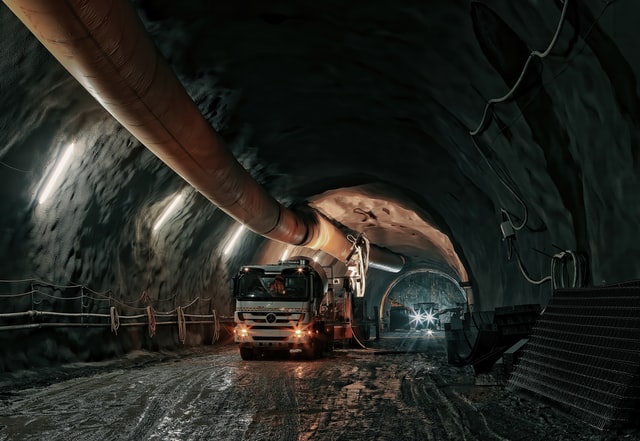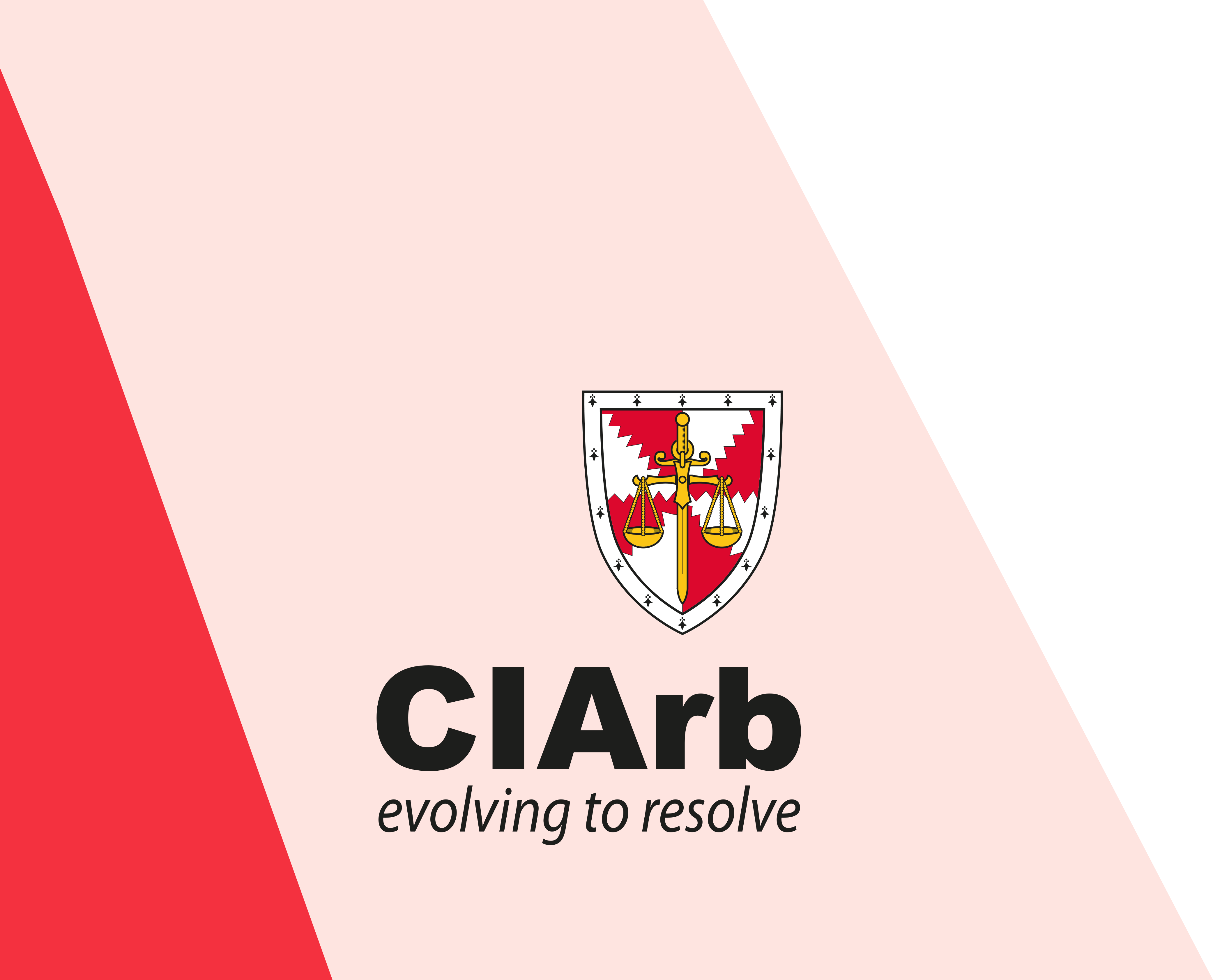Authors – Nnamdi Ben-Igwenyi AMEI, ABR – Deputy Team Lead, Mining Practice Group,
Tobenna Nnamani – Partner

- INTRODUCTION:
In view of resurging sector reforms in the Nigerian extractive sector and global rise in commodity prices, local interests in mining have since grown especially considering its potential for inter sectoral growth and increase in Nigeria’s export ratio[1]. Although still highly underdeveloped, the Nigeria mining sector continues to draw increasing investor interests, particularly foreign, resulting from its evident role as a viable alternative to the country’s oil-based economy. It therefore becomes imperative to understand the basic legal framework governing the sector. This paper seeks to do a general overview of legal regime of the Nigerian Mining Sector.
- THE LEGAL FRAMEWORK
- The 1999 Constitution of the Federal Republic of Nigeria (as amended) (‘CFRN’)
The CFRN being the primary law of the land (the Grundnorm) prevails over all other laws in Nigeria, and renders any law found to be inconsistent with its provisions as absolutely null and void to the extent of its inconsistency[2]. Accordingly, the CFRN vests primary ownership and control of all mineral resources (mineral rights) in any land situate in Nigeria on the Federal Government (FG)[3]. The Second Schedule of the CFRN also includes mining in the Exclusive Legislative List under Item 39, Part 1. In other words, mineral rights in Nigeria are solely vested in the FG, whose exclusive reserve is to transfer said rights to third-parties subject to the laws of the National Assembly.
- The Nigerian Minerals and Mining Act 2007 (the ‘NMMA’ or the ‘Act’)
Enacted by the National Assembly pursuant to its constitutional mandate, the NMMA is the principal law governing the mining sector. It is the primary sectoral law which also vests ownership and control of mineral resources in the FG, to hold and manage same on behalf of the citizenry, with rights to transfer said rights to qualified third parties[4]. The Act therefore prohibits unauthorized exploration or exploitation of minerals[5] and makes further provisions for the roles of the Minister (of Mines and Steel Development), establishment of the Mining Cadastre Office (MCO)[6], Mines Inspectorate Department (MID)[7], Mines Environmental Compliance Department (MECD)[8] and the State Mineral Resources and Environmental Management Committee (MIREMCO)[9]. To incentivize the sector, the Act specifically makes provisions for certain investor benefits including exemptions from custom duties, a 5-year tax relief period, unrestricted access to, retention and use of earned foreign exchange and free transferability of foreign exchange, tax deductible reserve for environmental protection, mine rehabilitation and reclamation/mine closure, amongst others[10].

Section 21 of the Act empowers the Minister to make regulations in order to give full effect to the provisions of the Act. As such, the Nigerian Minerals and Mining Regulations 2011 (the ‘2011 Regulation’) was created by the Minister on 13th May 2011 to further streamline the provisions of the Act including issues regarding the process of obtainment of titles from the MCO; operationalities of the MID, MECD and MIREMCO; dispute resolution arising from mining activities; activities of Artisanal and Small-scale miners; Royalty rates and fees, standard forms and other sectoral templates and stock applications.
Mineral rights/titles provided under the Act includes[11]:
- Reconnaissance Permit: This is a non-transferable, annual non-exclusive Permit granted for the purpose of reconnaissance only. It is for a term of one year only and renewable annually. It allows holders the right to access, enter or fly over any land, obtain, and remove surface samples in search for mineral sources.
- Exploration License: Exclusive License for the exploration of all minerals for the duration of 3 years, renewable for further two periods of 2 years each. Granted over land area not exceeding 200 square kilometers and not subject to an existing exploration license, mining lease, small scale mining lease or quarry lease. Unlike Reconnaissance Permit, the right holder may excavate and conduct bulk sampling and testing of mineral resources, can export samples and sell resources within stated limits.
- Small Scale Mining Lease: Exclusive Lease to carry out small-scale mining which covers an area greater than five acres but not exceeding 3 square kilometers. Akin to Artisanal and Small-scale miners, it is for a period of 5 years and renewable for another five years only.
- Mining Lease: Granted for a period of twenty-five (25) years renewable every twenty-four (24) years, it is an exclusive permit granted in respect of an area not exceeding fifty (50) square kilometers and is not within an Exploration License Area or a Small-Scale Mining Area save granted to the holder of the Exploration License or Small-Scale Mining Lease covering the given area.
- Quarrying Lease: 5-year lease or less granted in respect of any area of land not exceeding 5 hectares. Applies to all naturally occurring quarriable minerals such as marble, limestone, sand, stone, late rite, mica, pipe clay, slate, asbestos, china clay, fuller’s earth, gypsum, gravel, which may also be lawfully extracted under Mining Leases. It prohibits extracting any quarriable mineral from a quarry including sand dredging in the navigable water ways or else for industrial use without the grant of a lease or license by the Minister.
- Mineral Buying Centre Licence (MBCL): Permits warehousing, storage and trading in mineral resources.
- Possess or Purchase License: This right allows persons not in ownership or possession of any of the other mineral right to engage directly in mineral trading and export. The 2011 Regulations makes it an offence to possess or move mineral resources from one place to another without the requisite license.
- Export Permit: Required for commercial export of mineral resources or export for laboratory testing.
- Water Use Permit: Usually for the duration of the accompanying lease or license, this is the right to obtain and use water for mining operations.
The Act goes further to address the issue of right of easement (construction and use of mining roads), environmental considerations and rights of host communities[12], modalities for transfer, surrender and revocation of licenses and leases, offences, penalties, and sanctions, etc.
- Other Laws Governing the Nigerian Mining Sector:
Other laws governing the Nigerian mining sector includes; the Land Use Act of 1978, the Companies and Allied Matters Act 2020, National Environmental Standards, Regulations Enforcement (Establishment) Act 2007, Environmental Impact Assessment Act[13], Mines and Quarries (Control of Building etc.) Act[14], Explosives Act[15], Foreign Exchange (Monitoring and Miscellaneous Provisions) Act [16], amongst others.

- CONCLUSION
The Nigerian mining sector, although riddled with its fair share of upheavals[17], tries to create a more attractive investment climate to maximize national economic growth through its legal regime.
Resurgence of various sectoral reforms and platforms where industry experts gather to discuss and proffer solutions on issues militating against the sector shows great promise for the development of the extractive industry in Nigeria. Nevertheless, the need to implement and ensure compliance with the Mining Laws in Nigeria, likewise, the bridging of FG and State government clashes in respect of administration of land and mineral resources, cannot be over emphasized. Whilst the FG is solely vested with the right over every mineral resource underneath any land in Nigeria (mineral rights) as enshrined in the CFRN and NMMA, the Land Use Act of 1978 rests ownership of the Land itself (surface right) in the State government through the Governor of each State, which denotes the right of States over every land within their territory. As such, it is highly imperative for intending investors to note that the FG and the target State government (likewise the target host communities[18]) must be carried along in the process of obtaining mineral rights, in order to reap the full benefits of the Nigerian extractive sector.
The content of this article are the views of the authors and not necessarily that of the firm; and intended to provide a general guide to the subject matter. Specialist advice should be sought about your specific circumstances. For any additional information on the subject, please do not hesitate to reach out to the Punuka Attorneys & Solicitors Mining Practice Group via the following: mininglaw@punuka.com;info@punuka.com;n.ben-igwenyi@punuka.com; t.nnamani@punuka.com or o.kalu@punuka.com
[1] See Nigeria Extractive Industries Transparency Initiative (NEITI), 2019 Solid Minerals Audit (SMA) Industry Report (NEITI – September 2021). Available at https://eiti.org/document/nigeria-solid-minerals-audit-2019 Accessed 14th March 2022
[2] Section 1 CFRN. See also Ugba & Anor v Suswam &Ors (2014) (2014) LPELR-22882(SC)
[3] See Section 44(3) CFRN
[4] See section 1 of the NMMA and African Natural Resources & Mines Ltd v SS Minerals Resources Ltd & 3 ORs (2021) LPELR-55151(CA)
[5] S. 2.
[6] Section 5 of the NMMA- empowered to keep and maintain a register of mineral title; regulate the issuance of all types of mineral titles; and is a statutory body solely established for the administration and management of mineral licenses, leases and permits, with zonal offices in the six geo-political zones of Nigeria.
[7] Section 16 and 17 of the NMMA – conducts general supervision of mining operations and ensures compliance with the Act; advises the Minister on the administration of the Act; carries out investigations necessary for the discharge of its duties under the Act.
[8] Section 16 and 18 of the NMMA- ensures compliance with environmental standards in the mining sector.
[9] Section 19 of the NMMA- advise the Minister on issues regarding of grant of title, compensation, environment, mineral development, stakeholders conflict, & implementation of the NMMA; advise the MID and MECD in respect of their duties; advise LGAs and communities on environmental standards and sustainable mineral development; and assist mineral right holders in their interaction with State govt, LGA, communities, and other stake holders.
[10] See Part III of the NMMA.
[11] Part IV, V, VI and Chapter 3 of the NMMA
[12] A Community Development Agreement (CDA) which is meant to address the socio-economic contributions of the mineral right holder to the host community is a very essential perquisite for mine development under the Act. It regulates the relationship and details the appropriate standards and monitoring framework between host communities and mineral right holders towards environmental, social and economic benefits from the Mineral right holder to the Host Communities. Renewable every five years, being very essential, the Act calls on the intervention of the Minister in the event that parties are not able to reach an agreement on the CDA. See section 116 and 117.
[13] Cap E12 LFN 2004
[14] No. 27 1967, Cap M13 LFN 2004
[15] No. 34 1967 CAP E18 LFN 2004.
[16] No. 17 of 1995; CAP F34, LFN 2004
[17] The Nigerian mining sector is popularly rife with the following impediments- illegal mining, inadequate financing, security, infrastructure deficit, FG and State government clashes, etc. However, coupled with FG’s policies gravitated towards diversifying the economy into a non-oil based one, and given the resurgence of the interests in the sector, these issues are beginning to receive the attention they deserve. See https://www.vanguardngr.com/2021/09/fg-states-collaboration-on-mining-experiences-improvement-ogah/ . See also https://punchng.com/fg-to-deduct-illegal-mining-fees-from-states-allocations/.
[18] We noted earlier the CDAs are integral to obtaining mineral rights in Nigeria













